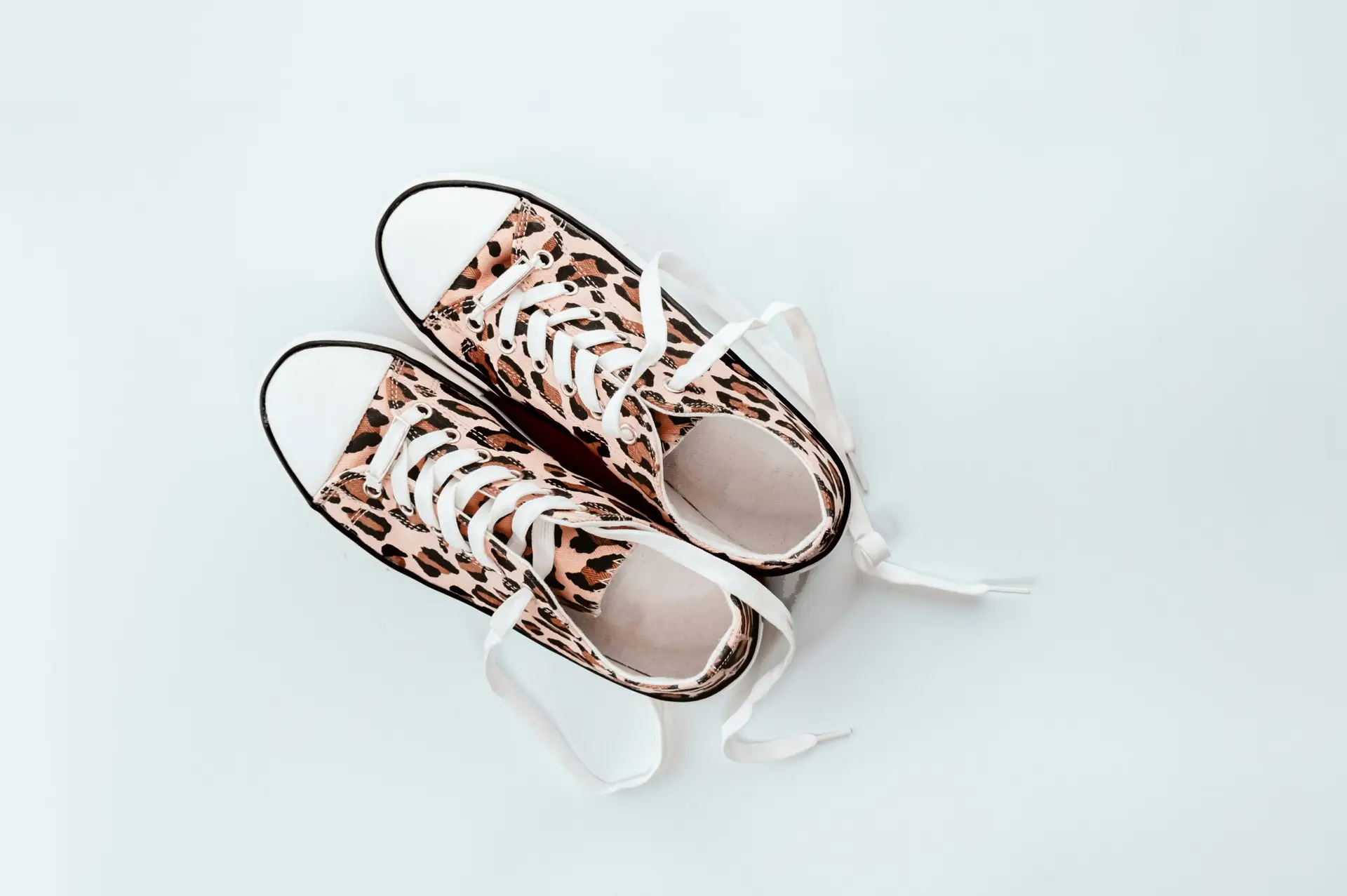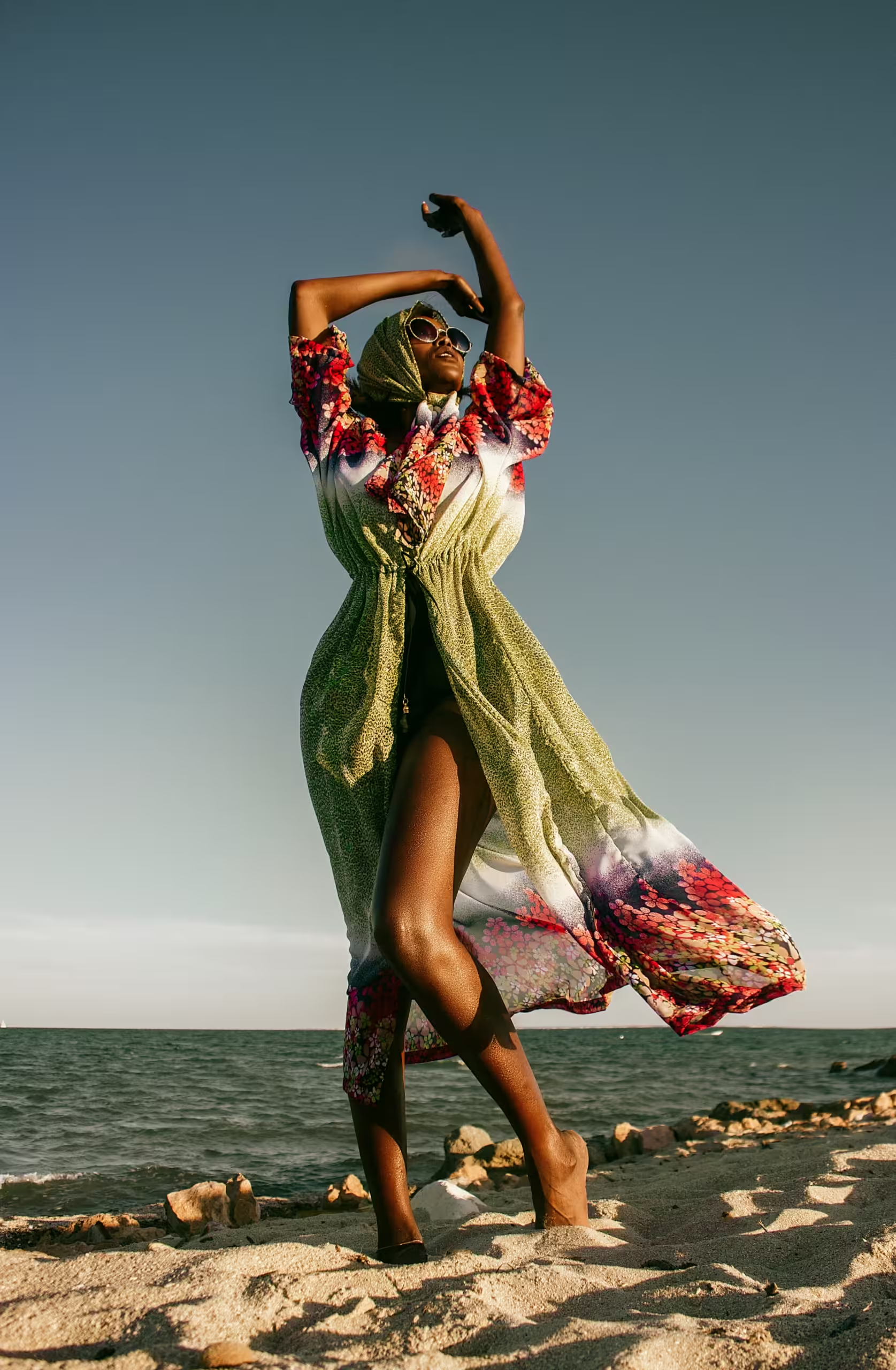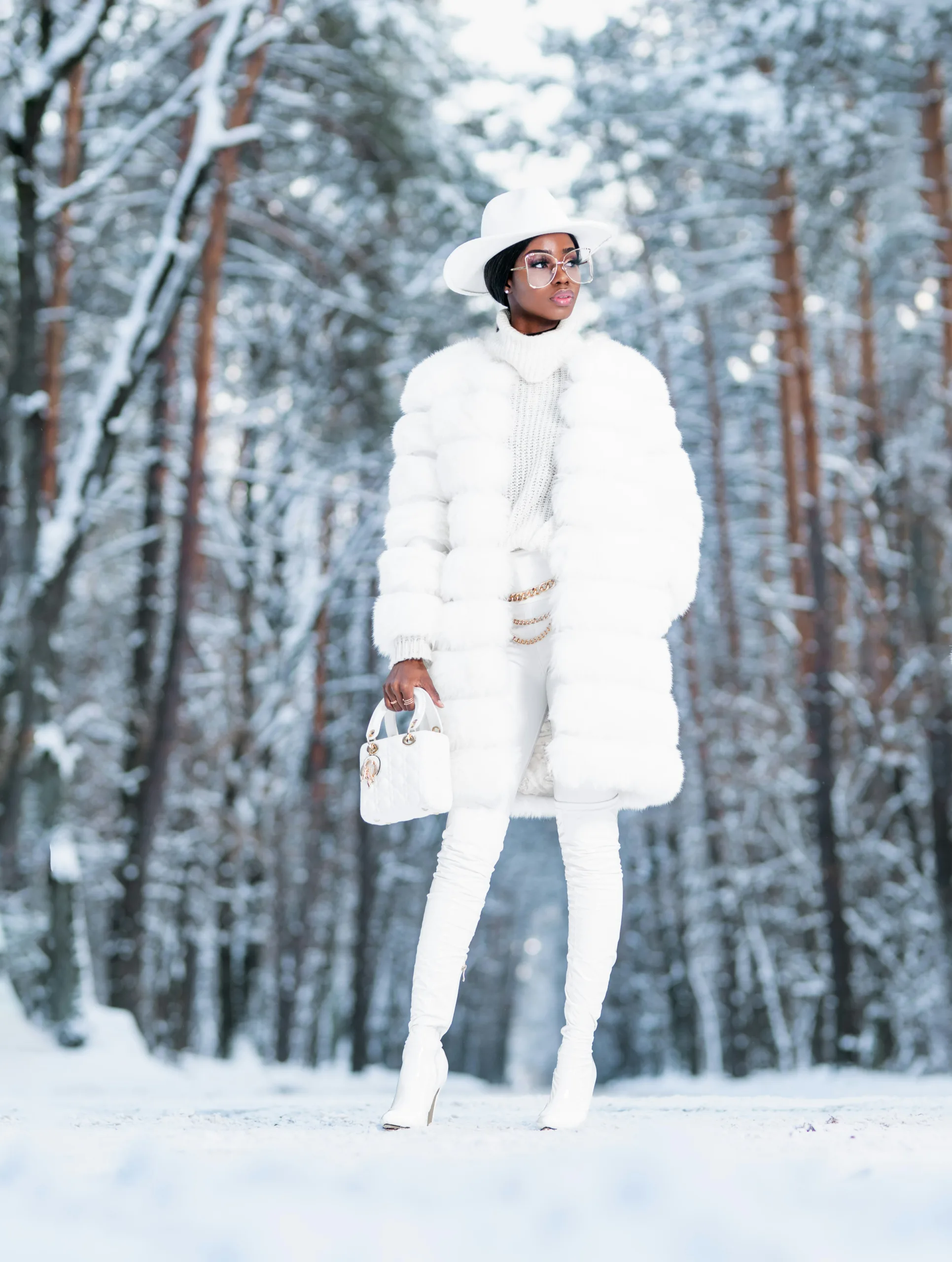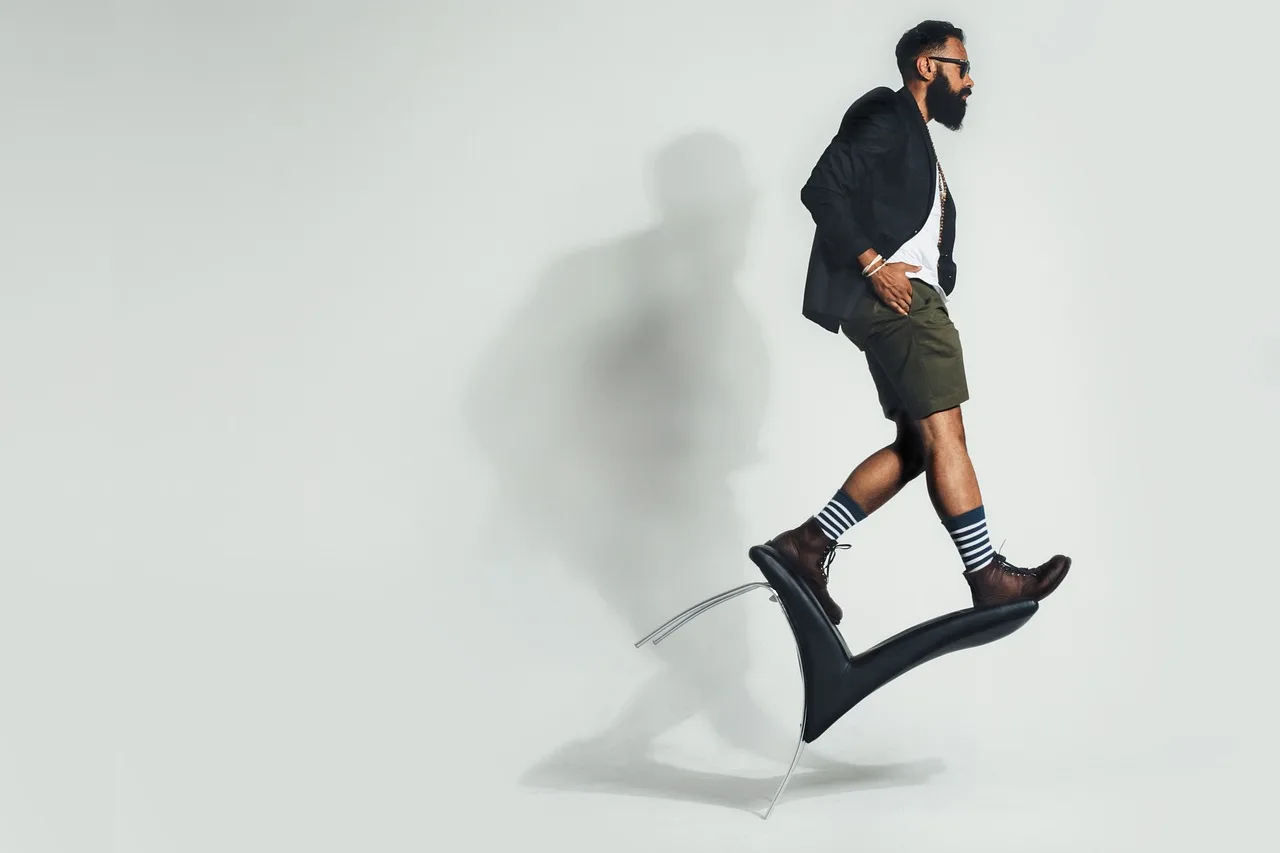Sneaker Culture: Limited Editions and Epic Collaborations
Sneaker culture has evolved significantly over the decades, transforming from a niche interest into a global phenomenon. Initially designed for athletic purposes, sneakers have transcended their utilitarian origins to become a cornerstone of modern fashion. This metamorphosis can be attributed to various factors, including the rise of streetwear and influential cultural movements.
The journey of sneakers from sports gear to fashion staple began in the mid-20th century. Athletes like Michael Jordan and brands such as Nike and Adidas played pivotal roles in elevating sneakers from the realm of functionality to that of style. The release of the Air Jordan line in the 1980s, for instance, marked a significant turning point, merging performance with aesthetic appeal. This shift was further bolstered by the growing influence of hip-hop and streetwear culture, which embraced sneakers as an integral element of their identity.
Streetwear, characterized by its casual yet edgy aesthetic, has been instrumental in the popularization of sneakers. Originating from the skateboarding and hip-hop communities, streetwear has effortlessly blended comfort with fashion, making sneakers a versatile and sought-after commodity. This fusion of genres has not only broadened the appeal of sneakers but also bridged the gap between different demographics, uniting people from diverse backgrounds under a shared appreciation for this footwear.
The influence of sneaker culture extends beyond fashion, permeating various aspects of society. Sneaker enthusiasts, known as “sneakerheads,” often view their collections as more than mere possessions; they are expressions of personal identity and cultural affiliation. Limited edition releases and high-profile collaborations between brands and artists have further fueled the fervor, transforming sneakers into coveted items and status symbols.
In essence, sneaker culture is a dynamic and multifaceted phenomenon, intertwining fashion, sport, and cultural expression. Its evolution from athletic necessity to iconic fashion statement underscores the powerful influence of cultural trends and the unifying power of shared passions.
The Rise of Limited Editions
In the world of fashion, limited edition sneakers have become a significant phenomenon, captivating the attention of both enthusiasts and casual consumers alike. A sneaker is deemed ‘limited edition’ when it is produced in restricted quantities, often characterized by unique designs, special collaborations, or innovative materials. This scarcity is precisely what generates immense hype and fervor around each release. Brands meticulously craft these limited editions to stand out, ensuring that they offer something distinct that can’t be found in regular collections.
Scarcity plays a crucial role in driving demand for these exclusive releases. When consumers know that only a few pairs of a particular sneaker will be available, the perceived value skyrockets. This limited availability triggers a sense of urgency and competition among buyers, often leading to long lines, online queues, and even secondary market resales at significantly higher prices. The exclusivity associated with limited editions makes owning a pair a status symbol, further fueling the desire among fashion-conscious individuals.
Brands leverage these limited edition drops strategically. By releasing sneakers in small batches, they create a continuous cycle of anticipation and excitement, maintaining a high level of engagement with their customer base. These releases are often accompanied by elaborate marketing campaigns, collaborations with celebrities or artists, and special events, all designed to amplify the buzz. This not only helps in capturing immediate sales but also fosters brand loyalty, as consumers eagerly await the next drop.
In essence, the allure of limited edition sneakers lies in their exclusivity and the masterful way brands utilize scarcity to generate demand. This approach not only ensures that each release is memorable but also cements the brand’s position in the highly competitive fashion landscape.
Iconic Sneaker Collaborations
Sneaker culture has evolved dramatically over the years, and one of the key drivers of this transformation has been the advent of iconic sneaker collaborations. These partnerships, often between sneaker brands and high-end fashion houses, artists, or athletes, have not only pushed the boundaries of design but have also elevated the desirability and cultural significance of sneakers.
One of the most notable collaborations in recent history is the Nike x Off-White collection. Spearheaded by the late Virgil Abloh, this partnership brought a unique deconstructed aesthetic to classic Nike silhouettes. The Off-White “The Ten” collection, which reimagined iconic models like the Air Jordan 1 and the Air Presto, became a cultural phenomenon, blending high-fashion elements with streetwear sensibilities. The collaboration’s success lies in its ability to merge the worlds of luxury fashion and everyday wear, making the sneakers highly coveted items.
Similarly, the Adidas x Kanye West Yeezy line has had a profound impact on sneaker culture. Kanye West’s influence in both the music and fashion industries brought a new level of hype to the Adidas brand. The Yeezy Boost 350, with its distinctive design and limited availability, became a must-have for sneaker enthusiasts. The collaboration has been lauded for its innovative approach to sneaker design, as well as its ability to generate immense consumer demand.
Another significant collaboration is the partnership between Converse and Comme des Garçons. The Japanese fashion brand, known for its avant-garde designs, added its iconic heart logo to the classic Converse Chuck Taylor All Star. This collaboration seamlessly blended the timeless appeal of Converse with Comme des Garçons’ high-fashion edge, resulting in a sneaker that appeals to both fashionistas and casual wearers alike.
These collaborations not only highlight the creativity and innovation within the sneaker industry but also underscore the power of strategic partnerships. By combining the strengths of different brands and influencers, these collaborations have redefined what sneakers can represent in the realms of fashion and culture.
The Impact of Social Media and Influencers
In today’s digital age, social media platforms such as Instagram and TikTok have become pivotal in shaping the landscape of fashion, especially within the sneaker culture. These platforms serve as dynamic spaces where trends are not only created but also amplified to reach a global audience. The immediacy and visual nature of social media make it an ideal medium for showcasing the latest sneaker releases, styling tips, and exclusive collaborations.
Influencers and celebrities play an instrumental role in this ecosystem. Their vast followings and engaging content can turn a new sneaker release into a must-have item almost instantaneously. When a well-known influencer or celebrity posts about a particular sneaker, the desirability of that product often skyrockets. This phenomenon is not just limited to high-profile personalities; micro-influencers also have a significant impact. Their recommendations often carry a sense of authenticity and relatability, making their endorsements highly effective among niche communities.
Brand collaborations with influencers and celebrities are another crucial aspect. When a sneaker brand partners with a popular figure for a limited edition release, it leverages the influencer’s personal brand and audience, creating a symbiotic relationship that benefits both parties. These collaborations often bring a unique design perspective that resonates well with both the influencer’s followers and the broader sneaker community. Such partnerships frequently result in heightened anticipation and quick sell-outs, further fueling the hype around the sneaker.
Moreover, social media platforms provide real-time feedback and engagement. Brands can gauge public reaction to upcoming releases, making adjustments based on consumer sentiment. Hashtags, stories, and live streams create a buzz that keeps the audience engaged and excited. Thus, social media and influencers are indispensable in cultivating and sustaining the fervent enthusiasm that characterizes modern sneaker culture.
Sneaker Resale Market
The sneaker resale market has experienced exponential growth, transforming from a niche hobby into a multi-billion dollar industry. This growth is largely fueled by the allure of limited editions and high-profile collaborations, which create a sense of exclusivity and desirability among fashion enthusiasts and collectors alike. These limited releases frequently sell out within minutes, leaving many consumers to turn to the secondary market to acquire these coveted items.
Sneaker reselling operates on basic economic principles of supply and demand. When brands like Nike or adidas release a limited edition sneaker in collaboration with designers or celebrities, the restricted quantity significantly amplifies the demand. This scarcity drives up the resale value, often resulting in prices that are several times higher than the original retail cost. For instance, a pair of limited-edition Air Jordans can fetch thousands of dollars on the resale market, compared to their initial retail price of around $200.
Major platforms like StockX and GOAT have become central hubs for the sneaker resale ecosystem. These platforms offer a secure environment for buyers and sellers to transact, providing authentication services to ensure the legitimacy of the sneakers. This has brought a level of trust and transparency that was previously lacking in the market. Data-driven insights and real-time pricing information available on these platforms also empower buyers and sellers to make informed decisions, further solidifying the role of these platforms in the sneaker culture.
The impact of the resale market on sneaker culture is profound. It has elevated sneakers from mere footwear to high-value assets and cultural artifacts. This phenomenon has also attracted a diverse range of participants, from casual fans and fashion-forward individuals to serious investors and speculators. Ultimately, the sneaker resale market not only reflects the evolving tastes within the fashion industry but also underscores the cultural significance and economic potential of sneakers in today’s society.
Sustainability in Sneaker Culture
The integration of sustainability within sneaker culture has become increasingly prominent, reflecting a broader societal shift towards environmental consciousness. Brands are now prioritizing eco-friendly materials and production methods in their offerings, catering to a growing consumer base that values sustainability alongside fashion. This shift is evident in the use of recycled materials, organic fabrics, and innovative manufacturing processes designed to reduce carbon footprints and waste.
Leading sneaker brands have launched specific initiatives to address these environmental concerns. For instance, Nike’s “Move to Zero” campaign aims to achieve zero carbon and zero waste, incorporating sustainable practices across their product lines. Adidas has similarly introduced the “Parley for the Oceans” collaboration, which transforms ocean plastic into high-performance sportswear, including sneakers. These efforts not only underscore the brands’ commitment to sustainability but also resonate with environmentally conscious consumers.
Moreover, the rise of smaller, independent brands focused solely on sustainable footwear further highlights the industry’s shift. Companies like Allbirds and Veja have built their reputations on transparency and eco-friendly practices, using materials such as merino wool, eucalyptus tree fiber, and wild rubber. These brands emphasize the potential for fashion to be both stylish and sustainable, appealing to a demographic that is increasingly mindful of their environmental impact.
Consumer preferences are evolving, with many individuals now factoring sustainability into their purchasing decisions. This trend is influencing the broader market, encouraging established brands to adopt greener practices. As a result, sustainability is no longer a niche concern but a fundamental aspect of modern sneaker culture. By prioritizing eco-friendly materials and production methods, the industry is making strides toward a more sustainable future, aligning the allure of fashion with responsible consumption.
Future Trends in Sneaker Culture
As sneaker culture continues to evolve, the future holds fascinating possibilities shaped by technological advancements and shifting consumer preferences. One significant trend to watch is the integration of virtual reality (VR) in sneaker design and marketing. Brands are increasingly using VR to create immersive shopping experiences, allowing consumers to virtually try on sneakers and explore new styles in a digital environment. This not only enhances the shopping experience but also provides brands with innovative ways to showcase their latest collections.
Blockchain technology is set to revolutionize sneaker ownership and authenticity verification. By embedding blockchain-based certificates into limited edition releases, brands can ensure the provenance and rarity of their products, providing consumers with a guarantee of authenticity. This technology can also facilitate the resale market, making it easier for collectors to verify the authenticity of pre-owned sneakers and track their ownership history.
Consumer preferences are also expected to shift towards sustainability and customization. As awareness of environmental issues grows, there is increasing demand for eco-friendly materials and ethical production practices in fashion. Brands that prioritize sustainability will likely gain favor with consumers who are conscious of their environmental impact. Additionally, advancements in 3D printing and customization technologies will enable consumers to personalize their sneakers, creating unique designs that reflect their individual style.
To stay relevant in this rapidly evolving market, brands must be agile and responsive to these emerging trends. Embracing technology, prioritizing sustainability, and offering personalized experiences will be key strategies for success. By staying ahead of the curve, brands can continue to captivate sneaker enthusiasts and maintain their position at the forefront of fashion innovation.
Conclusion: The Enduring Appeal of Sneakers
Sneaker culture remains a dynamic force within both the fashion industry and broader cultural landscape. The enduring appeal of sneakers is rooted in a unique blend of innovation, exclusivity, and community. Innovation in sneaker design and technology continuously pushes the boundaries, offering new styles and functionalities that captivate enthusiasts and collectors alike. Limited edition releases and high-profile collaborations inject an element of exclusivity, transforming sneakers into coveted items that often symbolize status and identity.
The sense of community fostered by sneaker culture is equally compelling. Sneaker enthusiasts connect through social media, local meet-ups, and global events, sharing their passion and knowledge. This communal aspect creates a vibrant ecosystem where ideas and trends circulate rapidly, further fueling the culture’s growth and evolution.
As a fashion blogger, I have witnessed firsthand how sneakers have transcended their athletic origins to become integral elements of personal style. My own style journey has been profoundly influenced by the versatility and expressive potential of sneakers. Whether pairing a sleek, minimalist design with a tailored outfit or opting for bold, statement-making kicks to elevate casual wear, sneakers offer endless possibilities for self-expression.
In essence, the enduring appeal of sneakers lies in their ability to adapt and evolve while maintaining a distinct identity. They serve as a canvas for creativity, a symbol of exclusivity, and a cornerstone of community. As trends come and go, the sneaker culture’s foundation of innovation, exclusivity, and community ensures that it remains a vibrant and influential force in fashion and beyond.
Share this content:




 Italiano
Italiano English
English Español
Español